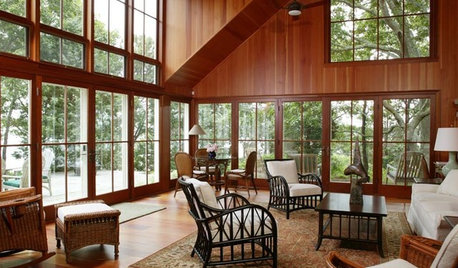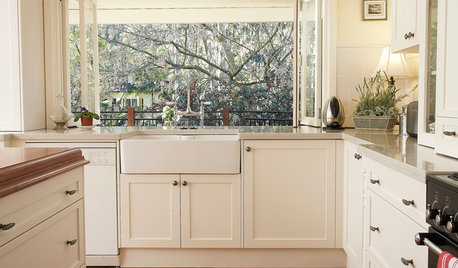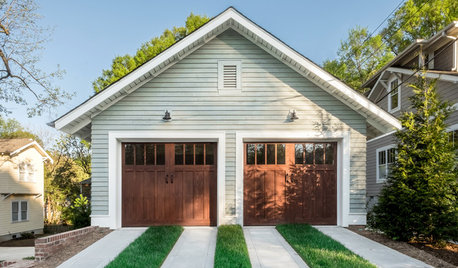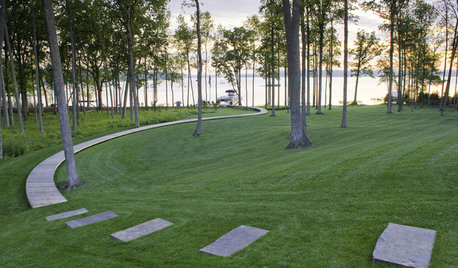What Do I Need to Know Re: Replacing a Copper Water Line /Street
chipster_2007
11 years ago
Related Stories

ARCHITECTUREWant to Live by the Water? What You Need to Know
Waterside homes can have amazing charm, but you'll have to weather design restrictions, codes and surveys
Full Story
FUN HOUZZEverything I Need to Know About Decorating I Learned from Downton Abbey
Mind your manors with these 10 decorating tips from the PBS series, returning on January 5
Full Story
KITCHEN SINKSEverything You Need to Know About Farmhouse Sinks
They’re charming, homey, durable, elegant, functional and nostalgic. Those are just a few of the reasons they’re so popular
Full Story
GREAT HOME PROJECTSHow to Replace Your Lawn With a Garden
New project for a new year: Lose the turfgrass for energy savings, wildlife friendliness and lower maintenance
Full Story
BATHROOM DESIGN14 Design Tips to Know Before Remodeling Your Bathroom
Learn a few tried and true design tricks to prevent headaches during your next bathroom project
Full Story
GREAT HOME PROJECTSHow to Replace or Revamp Your Garage Doors
Boost curb appeal and maybe even security with new garage doors. Find out cost ranges and other important details here
Full Story
PAINTINGWhat to Know About Milk Paint and Chalk Paint — and How to Use Them
Learn the pros, cons, cost and more for these two easy-to-use paints that are great for giving furniture a vintage look
Full Story
COLORHave You Heard the Hues? 15 Colors You May Not Know About
Name-drop these shades at holiday parties — or better, try one on your walls — and expand your palette possibilities
Full Story
ARCHITECTUREThink Like an Architect: Know Your Homesite for a Great Design
Learn how to approach a building site the way professionals do — considering everything in sight
Full Story
WORKING WITH PROSWhat Do Landscape Architects Do?
There are many misconceptions about what landscape architects do. Learn what they bring to a project
Full Story






lazypup
brickeyee
Related Professionals
Wolf Trap Handyman · Normal Kitchen & Bathroom Remodelers · Plainview Kitchen & Bathroom Remodelers · Hopewell Kitchen & Bathroom Remodelers · Citrus Park Kitchen & Bathroom Remodelers · Chicago Ridge Kitchen & Bathroom Remodelers · Green Bay Kitchen & Bathroom Remodelers · Newberg Kitchen & Bathroom Remodelers · Port Arthur Kitchen & Bathroom Remodelers · Tuckahoe Kitchen & Bathroom Remodelers · Weston Kitchen & Bathroom Remodelers · Gibsonton Kitchen & Bathroom Remodelers · Cave Spring Kitchen & Bathroom Remodelers · Ojus Kitchen & Bath Fixtures · Paradise Kitchen & Bath FixturesSparklingWater